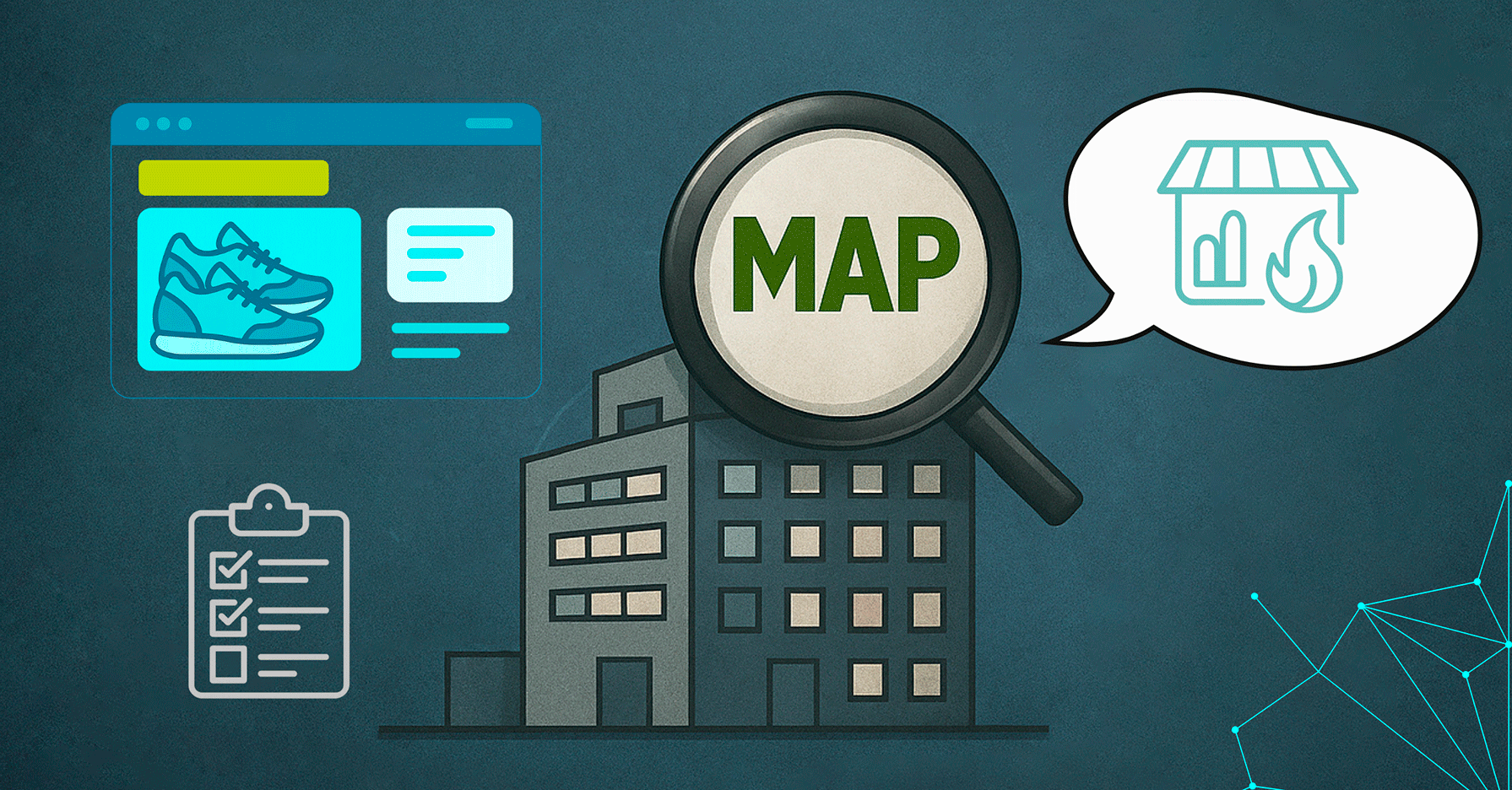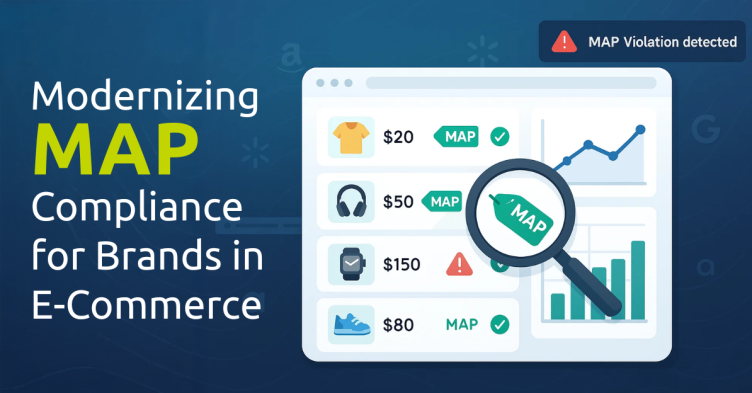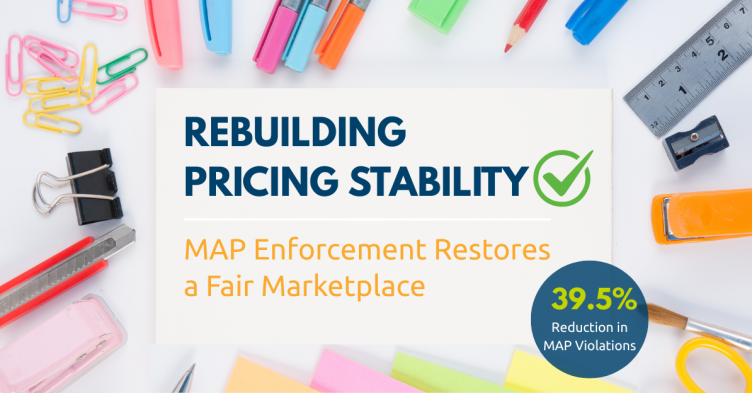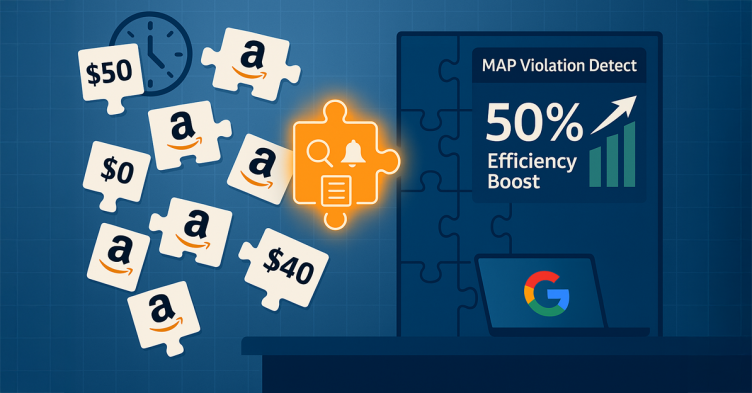In today’s omnichannel, price-transparent retail market, consistent pricing is no longer just an operational requirement, it’s a competitive necessity. When consumers encounter inconsistent prices across marketplaces, social platforms, or even AI-powered search assistants, the impact is immediate: eroded brand equity, weakened reseller relationships, and lost opportunities for market share. That’s why smart MAP compliance software has become a cornerstone of brand protection.
At GrowByData, we recently walked a global footwear and apparel brand through a MAP (Minimum Advertised Price) compliance demonstration. Their challenges and learnings mirror what many enterprises face and highlight why scalable, data-driven solutions are essential for protecting pricing integrity in today’s competitive environment. Recent Harvard Business Review research supports this shift toward automated pricing governance.
The Challenge: Manual Processes Can’t Keep Up
Many brands still manage MAP monitoring and enforcement through spreadsheets, screenshots, and manual reporting. This approach may work for small catalogs, but for enterprises managing thousands of SKUs, it quickly breaks down. Teams lose valuable hours verifying listings, violations slip through the cracks, and reports reach decision-makers too late to act.
Each missed map violation doesn’t just hurt margins, it undermines reseller trust and weakens price consistency across digital shelves. During high-traffic periods like Black Friday or Amazon Prime Day, even small monitoring gaps can compound into major revenue leakage and reputational damage.
What Scalable & Smart MAP Compliance Looks Like
During our session, we highlighted three core capabilities that every enterprise should consider when evaluating a MAP solution:
- Automated SKU-Level Monitoring: Real-time violation detection ensures brands stay ahead of unauthorized discounting and maintain pricing integrity.
- Market Pulse Insights: Competitive benchmarking across marketplaces reveals how peers like Nike, Adidas, or Hoka are pricing, and whether your brand risks falling behind.
- Rapid Onboarding: Enterprise solutions shouldn’t take months to implement. Leading platforms can be deployed in two to four weeks, delivering early insights and quick time-to-value.
According to industry benchmarks, brands automating MAP compliance see up to 40% faster violation resolution compared to manual tracking. Equally essential, automated enforcement backed by timestamped proof transforms detection into decisive, repeatable action.
Explore how Competitive Price Intelligence for Manufacturers and Brands enables this visibility.
Strategic Lessons for Enterprises
The demonstration reinforced three critical takeaways for retail leaders:
- Automation Reduces Risk: Manual processes cannot scale in a fragmented, fast-moving retail environment.
- Competitive Visibility Is Non-Negotiable: Understanding how competitors price across channels is as important as tracking your own.
- Speed Creates Advantage: The ability to onboard quickly and generate insights in weeks, not quarters, preserves momentum and prevents revenue leakage.
These lessons show how enterprise MAP enforcement platforms deliver measurable ROI and long-term pricing consistency.



